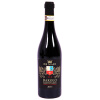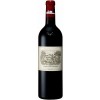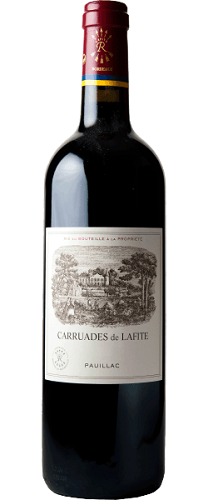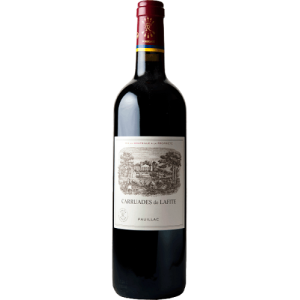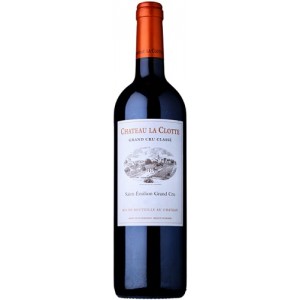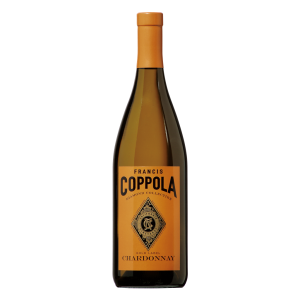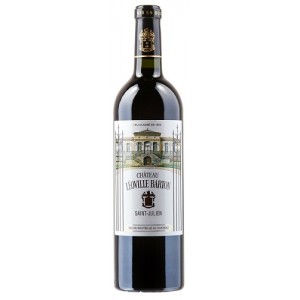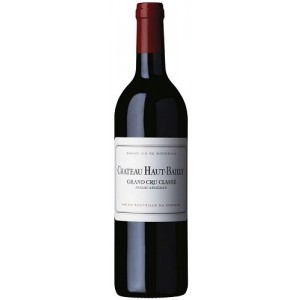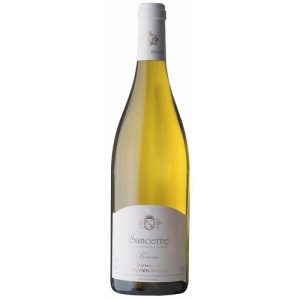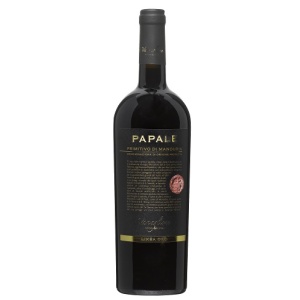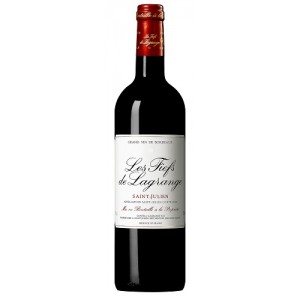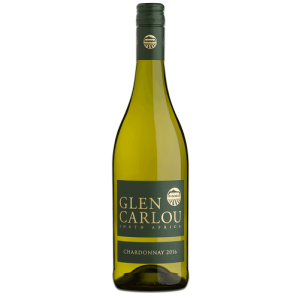Carruades de Lafite 2018
€ 359,00
WIne Advocate: 92-94; James Suckling: 95-96; Decanter: 93
Op voorraad
Carruade de Lafite – Pauillac – 2de wijn van Lafite-Rothschild
- Wine Advocate – Lisa Perrotti-Brown (92 – 94)
The 2018 Carruades de Lafite is composed of 56.5% Cabernet Sauvignon, 38% Merlot and 5.5% Cabernet Franc. The Merlot was harvested September 17-24, the Cabernet Sauvignon was harvested September 25 to October 5, and the Cabernet Franc was harvested September 24. Deep garnet-purple colored, it reveals a very serious nose of pencil shavings, black tea, violets and dark chocolate with earthy wafts of underbrush and mossy bark over a core of warm cassis, blackberry preserves and black raspberries. Medium to full-bodied, the densely packed, black-fruited palate is laced with loads of compelling mineral sparks with a firm, grainy frame and beautiful freshness to lift the long, earthy finish.
“2018 was like a difficult child to begin that turned out to be a genius,” Lafite’s Technical Director Eric Kohler informed me, hardly able to contain his excitement about this vintage. “The finish to this vintage was so perfect in terms of maturation!”
“It started out really wet—more wet than rainy,” Kohler continued. “On the Right Bank and Sauternes, they got more rain. Same with Margaux. There was a lot of mildew pressure. Here at Lafite, the pressure from the mildew was lower than the Right Bank or Sauternes. We lost less than 5% here. We are close to organic with our farming, but not entirely. We were able to control the situation.
And then from mid-July it became very dry and very hot. This was the hottest summer since 2003. Of course, it was not as extreme as 2003. This is why the potential of the terroir was very important. What is a great terroir? It is a terroir that can compensate for the excesses of the vintage. The terroir must have the capacity to behave like a sponge—to retain or give water. The sponge of clay that we have at Lafite regulated the excess of the vintage. This year instead of the humid wind from the west we got a dry wind from the northeast. So, there was no risk of botrytis as harvest approached. 2016 and 2018 are like two brothers, the former easier to manage, the latter more trouble and potential excess, but very great in the end.”
Kohler also commented, “Duhart-Milon does not have the clay/water holding capacity of Lafite, but a little rain at the end of August/beginning of September got the vineyard through. The Merlot performed very well—Duhart-Milon might just have better terroir for Merlot than Lafite. Duhart-Milon is very opulent this year. For the dry whites, it was a very hot summer and so maybe the dry whites will not be so aromatic.”
- James Suckling – (95-96)
This is an extremely fine-grained Carraudes with a complex character of chocolate, walnut, cedar and a hint of graphite. Medium-to full-bodied, tight and chewy but, at the same time, agile and light. Savory finish. Special.
- Decanter – Jane Anson (93)
This has rich fruit notes with exotic spices, a silky texture and a seductive approachability that clearly translates the higher than usual amount of Merlot in the blend this year, as with Petit Mouton. It’s a wine that is bound to make a lot of people happy but also means that whereas Lafite is archetypal Lafite, this is perhaps a less classic Carruades.
It still has the tannins of Pauillac, and as so often is the case this year the first time you taste feels easy then they steal up on you and start to layer but this is flexible and approachable, with a menthol finish.
Carruades is continuing to benefit from the techniques brought to it under in-house R&D technician Manuela Brando which include honing vineyard mapping, detailing smaller plots and tracking vine vigour, all of which are particularly useful since Carruades’ soils are less consistent than those of the main wine. 39% of production.
| Huis | |
|---|---|
| Kleur | |
| Land | |
| Streek | |
| Substreek | |
| Classification | |
| Oogstjaar | |
| Druivenrassen | |
| Inhoud |
Gerelateerde producten
2018
Eigen Import

